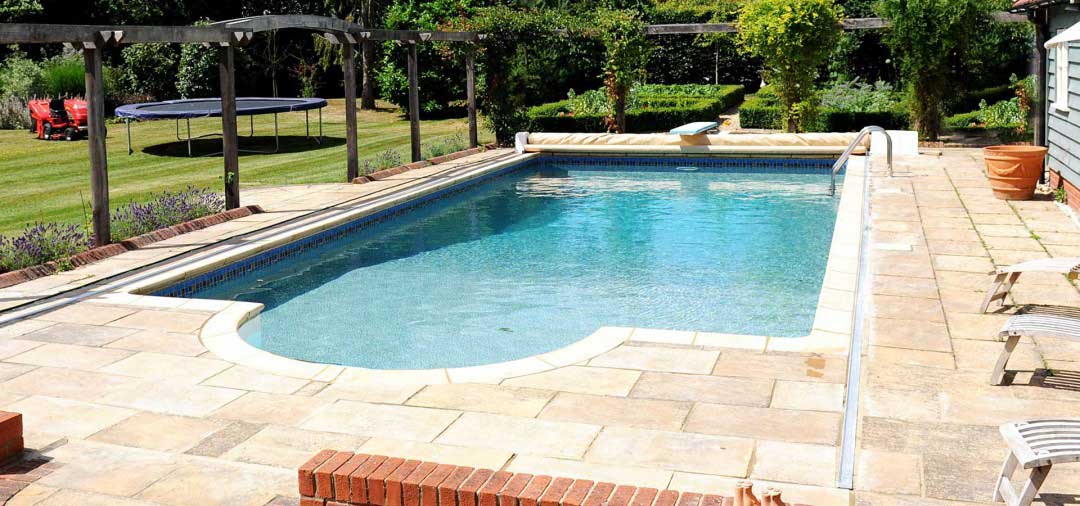Should you stay with a rectangle or go freeform in the design of your backyard pool? Here’s how to think through the process
Creating a balanced shape is the crucial first step in designing a pool that fits your home’s taste and enhances your backyard. Spacing elements, shape, scale and style are often used to complement what already exists in your landscape.
If you want to know why finding the right shape for your pool is so important, ask yourself this question: “How often will I use my pool?” You may not know the answer at this moment, but most of my clients respond the same way after a season of pool ownership: almost every single day.
Whether you simply glance at it while walking through the house, enjoy evening barbecues poolside with your family, or spend an afternoon swimming in the sun, the shape of your pool should create an area for you, your family and your friends to congregate with ease.
7 Solutions for an Oddly Shaped Backyard
Rectilinear or Rectangular
These pool shapes are typically more formal and are often used in settings where the pool is intended to complement the existing architecture or surroundings.
Geometric shapes are commonly referred to as traditional, but also are classified as modern or contemporary based on their rectilinear or sharp, clean lines.
This pool mirrors the sleek lines of the home’s contemporary architecture, as do several adjoining water features in complementary shapes and designs.
A radius at each end of this pool softens its linear look and fits the home’s style.
Tip: Keep in mind that soft curves in the pool’s rectilinear shape can also be used for underwater seating, attached spas or step entries.
Fill Curves of a Freeform Pool With Patio Furniture
Freeform
Freeform pools don’t have to conform to any shape or size standard. They can be based upon the most whimsical idea, but often are used in the design phase to complement or create landscaping. Freeform pools are most commonly used when the space does not allow for a rectilinear or geometric design.
Freeform pools have grown to become some of the most frequently built pool shapes, mostly due to other elements of outdoor room design such as firepits, outdoor kitchens, pergolas and shade areas.
The soft curves and free-flowing motion of this pool allow the homeowner to create new spaces and elevated living areas.
Tip: Keep transitions in mind, both in your material selections and elevation changes. Each transition is a separation, so try to keep the transitions as minimal as possible.
The curves in this pool and roofline mirror each other, or at least appear to. Balance and flow are extremely important in freeform pools so that they stay consistent
Freeform pools are often designed around structures or when existing landscape or structures can’t or shouldn’t be changed.
You may have outbuildings, hardscaping or landscaping you will have to design around, but keep in mind that a new pool can lead to new landscaping and hardscaping as well.
Some of my clients come with a preferred style already in mind, which can dictate the shape of a pool. Shape can also dictate style, so be sure to consider material selections, textures and your existing architecture and landscape before getting your heart set on a specific pool form.
Credit – Josh Atkinson, Houzz see the full story here- http://www.luxurypools.com/blog/find-your-perfect-pool-shape

